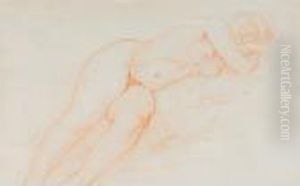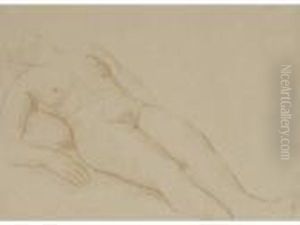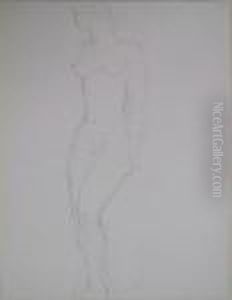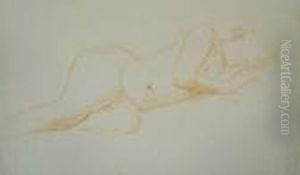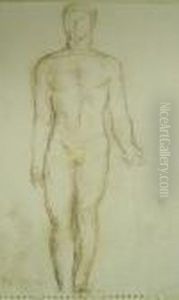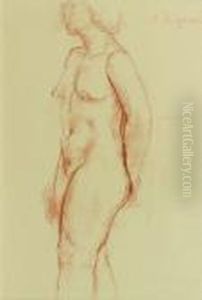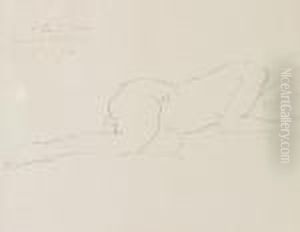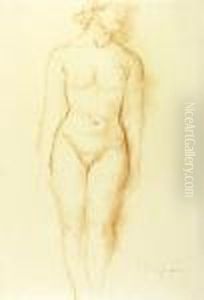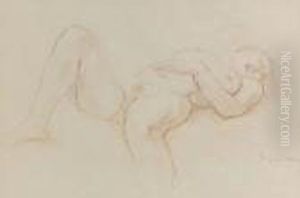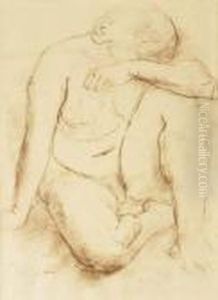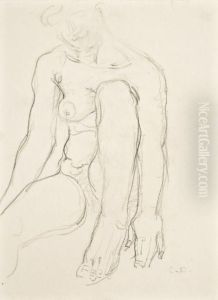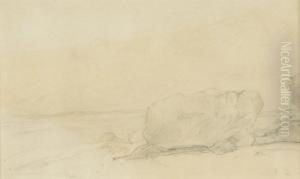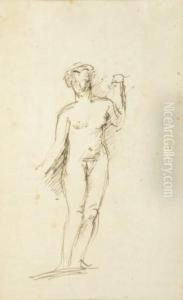Charles Despiau Paintings
Charles Despiau was a French sculptor, known for his classical and traditional style of sculpting, which stood in contrast to the avant-garde movements that dominated the early 20th century. Born on November 4, 1874, in Mont-de-Marsan, France, he initially trained as a stonemason and carver before moving to Paris to study sculpture at the École des Beaux-Arts.
Despiau's work is characterized by a focus on the human figure, often capturing a serene and introspective quality. He was influenced by the works of Auguste Rodin, under whom he worked as an assistant, but Despiau's style diverged from Rodin's more dynamic and textured approach. Instead, Despiau favored smooth surfaces and a more restrained emotional expression.
Throughout his career, Despiau received numerous commissions for public monuments and busts. One of his most notable works is the Monument to Blaise Pascal in Clermont-Ferrand. Despite the prominence of modernist movements like Cubism and Surrealism during his lifetime, Despiau maintained a commitment to naturalism and the classical tradition.
Despiau's work was well-received in his time, and he was recognized with several honors, including the Legion of Honour. He also participated in many exhibitions, including the Salon des Tuileries and the Venice Biennale. Despiau's influence was felt among his contemporaries and in the generations that followed, as he provided an alternative to the prevailing modernist trends.
Charles Despiau passed away on October 28, 1946, in Paris. Today, his work is held in numerous museums and collections around the world, and he is remembered as a significant figure in 20th-century French sculpture, who maintained a quiet but steadfast adherence to the humanistic values of his artistic forebears.
